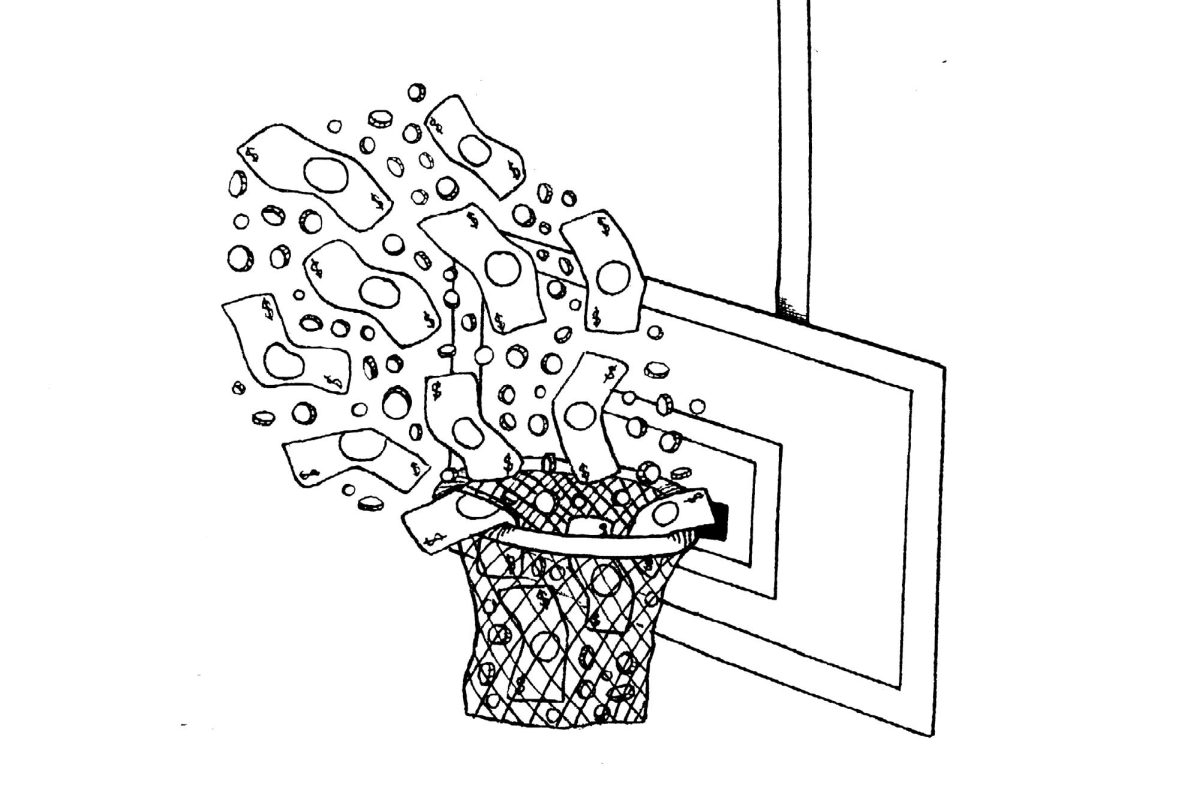As an unprecedented spring semester winds down, students are anxiously looking toward fall, unsure whether we will return to in-person classes and a sense of normalcy. Officials have indicated so far that they will make a decision by June 15 about on-campus instruction next academic year. It’s no question that virtual courses have been a nightmare filled with glitched technology, unprepared professors and the stresses of being home. It has not been worth the full cost of tuition.
The transition to online instruction has been difficult for students and faculty alike. Instructors had mere weeks to redesign their classes once COVID-19 took hold in the United States, and many reported difficulty teaching over platforms like Blackboard Collaborate, WebEx and Zoom. Meanwhile, students have had to contend with uprooting their entire lives and moving back home, which led to obstacles ranging from poor Internet connectivity to unhealthy family dynamics. Even for students who have access to necessary academic resources and a stable home life, a professor’s grainy visage cannot replicate an in-person lecture.
Still, students have had to shoulder GW’s high tuition cost for an unanticipated period of lower-quality instruction. If classes are moved online for the fall semester, officials should explore ways to cut tuition costs so students pay a fair rate for the education they are receiving.
There is no way to replace in-person instruction perfectly with online education, but that does not mean GW cannot charge a fair price for the courses that it can provide effectively. GW already offers a discount on its regular online course offerings – for the 2019–2020 academic year, the cost for some of these classes hovers at around $600 per credit, a far cry from the per-credit cost for undergraduates of $1,675. This discount reflects the fact that the quality of instruction is different between online and in-person instruction. The University could extend this pricing to any and all fall classes that have to be moved online because of the pandemic, if that is the route that we have to take.
The University has not signaled any intention to cut tuition – which is to be expected, given that GW is not exactly flush with cash. The pandemic is slated to cost GW $25 million in net revenue by June 30, a figure which will only grow to at least $100 million next fiscal year, even if campus reopens in the fall. Administrators, including University President Thomas LeBlanc, are taking pay cuts in the realm of 5 to 20 percent, and freezes have been placed on hiring and bonuses.
But GW’s dire financial straits do not justify charging an unfair price for services provided. Other universities throughout the country which, like GW, are struggling financially, are taking steps to cut or prorate online tuition. D.C. peer American University cut tuition by 10 percent for summer courses that had been moved online. The College of William and Mary decided to forgo a planned tuition hike, and Davidson College unveiled a plan whereby students could defer payment for several months. Bentley University went a step further, essentially giving students the option of taking a free, shortened fall semester online.
GW’s hesitation to implement tuition changes for a potentially online fall semester – as well as the upcoming summer semester and current spring semester – has not gone unnoticed. Parents of one GW student have gone as far as to sue the University, accusing it of defrauding students by not providing a partial refund for spring tuition. More than 2,000 students added their names to a petition in March that demanded a 50 percent refund of spring tuition. The University has not addressed these complaints directly, but officials intend to announce plans for the fall semester by next month.
Even though officials have yet to respond comprehensively to these demands, a huge payout is probably too steep for a cash-strapped institution. Unless the University is able to dip into its endowment – unlikely given many endowments funds come with strings attached – a 50 percent refund followed by deep tuition cuts is not financially feasible. But the general sentiment expressed by the thousands of students who signed on is fully valid – paying in-person costs for online classes would be absurd.
The University is responsible for crafting contingency plans that are as fair as possible to students. While GW’s financial situation makes broad refunds and deep tuition cuts unfeasible, it is fully reasonable for students to only be charged a fair sum for the classes they take. If June 15 brings an announcement that classes will be online for the fall, then students should not be expected to grossly overpay for the learning experience they are signing up for.
Andrew Sugrue, a sophomore majoring in political communication, is the contributing opinions editor.



